Not long ago, I was challenged to write a guitar instruction book. It was apparent to me, and to others I spoke with about this matter, that the books that are currently available on the market all approach music instruction from essentially the same general direction – they all treat music as a form of entertainment, which of course it also is, but seem to avoid talking about most other functions of music we know of. There is no fixed set of these functions, but for the sake of argument, let’s name just a few. Music, most certainly, serves these (and other) purposes: aesthetic, informative, emotional and rhythmic. Anyone aware of how music works can agree that all pieces of music indeed have these functions. So when I attempted writing my own book, I decided there were two more – and they’re so primal that in a world of consumer products and commercial music, they’re very easily forgotten. These two functions are: introspective and ritualistic/shamanistic. I realized that I want to write from the point of view of these two, and especially the ritualistic function, because they seem to answer the question that’s been rolling through my head for such a long time: why does only a very particular type of music make me feel this incredible connection with… everything? I let my mind wander, and what was supposed to be guitar instruction became a spin off of itself. Here’s a short synthesis of what I gathered, and don’t worry, I’m not advertising here. CVLT Nation is a site that promotes the very music that this is about, so I find it fitting I share this with its readers.
The major scale consists of seven notes, which are seven distinct frequencies of sound. The human body and planet Earth both have seven chakras – intersections in which streams of energy meet. These seven chakras also have unique frequencies in which they vibrate to create sound. All these sounds are in harmony, even though they’re in the inaudible range for humans. This can lead to two deductions: 1) Humans are not external beings, but internal parts of the Earth, and in turn the Universe, because of the shared chakra properties; and 2) music is also not something external, it’s not an artificial creation, because it’s basically a translation of the low-frequency vibrations of the Earth and the human body in audible ranges. The seven sounds of the major scale fit together harmonically, and each note is a step of the scale with a unique function (the first note is the tonic, the fifth is the dominant, etc.) – chakras all have unique functions in the body and the planet as well (heart, mind, sexual energy, etc.). As you can see, it’s not that far-fetched, that music is not external to the world around us, and ourselves. It’s a connection we share with literally everything around us, because of the way our Universe works – everything vibrates, and through vibration there is resonance. You don’t have to look far to see that there’s harmonic sound everywhere – in our heartbeat, in the way wind sounds, the low ominous hum of an earthquake…
If it is actually so that everything vibrates, even stars and planets, and we humans relay information through speaking, which is also sound, then perhaps music is a language of a much larger scale than we thought. It’s the language of the celestial bodies, because they also share and send out information in waves. Following this train of thought, our earthly music is a simplified version of the voice of the entire Universe. It’s crucial to understand how closely we’re connected to the stars. Actually, our bodies are made of stars, and that’s not a metaphor. Your body, as well as mine, are literally made of the same particles as the first stars in the Universe – we are the same exact matter that scattered off the singularity at the Big Bang. Most religions of the world believe that everything begun with a sound, like Om or the Word of God. Uroboros just bit his tail and we’ve come full circle: from the creation sound to the sound of the electric guitar. It’s all the same primordial vibration.
Having established that sound is a form of communication between us, our planet and the Universe, we come to the subject matter itself: the Shaman. We live in times when almost everything natural this world has to offer has been exploited, processed and regurgitated beyond recognition. We’ve created satellite images of the Earth, and telescopic maps of galaxies even beyond ours. We live in the digital information age, but as a species we’re becoming more and more diseased. Granted, we’ve come up with chemical ways to cheat death, but we’re being struck by illness at a younger and younger age. People in their twenties die of heart attacks and cancer is pretty much the post-modern Black Death. In short – we’ve become disconnected from the universal symphony fault of our preoccupation with meaningless distractions. We traded our partnership with the Earth for modern technology, and there is a price that we all now have to pay, but not to sound too preachy – right on to the point.
All ancient civilizations had shamans. They, of course, were the people who possessed the sacred knowledge of healing and communication with the “other side”. A shaman would enter a trance state using various methods, and become the bridge between our reality and the void in which he talked to the spirits, or perhaps stars and planets. The basic idea was always that sickness or distress is caused by “evil” spirits, with whom the shaman must commune in order to heal the person who sought their help. This communication with the other side took the form of organized ritual with elements such as music, or more specifically, the beating of a drum. Not all cultures used drugs in their rites, because of the power that resides in music itself. It’s common knowledge that certain frequencies and rhythm patterns can trigger states similar to hypnosis – they’re sort of a bridge between the perceived reality and sleep, and it is that moment when contact with deeper knowledge occurs. The shaman’s job is to maintain that state with their music, as the listener should neither snap out of it, nor fall completely asleep. The contents of the music are free to interpretation, and it will carry the listener toward the realizations they seek. Making music that will provide a steady course like that requires a lot of knowledge about music itself, and vast amounts experience with being in ritualistic trance itself.
Our ancestors practiced musical therapy, if you want to call it that, and we do it nowadays as well. Not all music is a pathway to this hidden place in which we can talk to star clusters and distant galaxies, just as not every water is drinkable, but we instantly recognize it when we hear it. The sound needs to be deep and low, because bass naturally causes stronger vibration (slower equals stronger, and bass notes have lower frequencies than treble). There also must be repeating patterns in the piece, because of how human attention works: introducing constantly new progressions in music is too engaging for our brains, and thus makes it harder to relax. There’s a multitude of terms which all apply to the same phenomenon, be it meditation music, astral projection, call it as you will – it all works the same way and serves the same purpose. The purpose of a musical shaman is to create music that will possess the qualities and elements necessary to create a conscious trance state in the listener, open the channel of communication. The shaman can then relay the information back and forth between the listener and the entities they wish to contact. Needless to say, in this regard being a musician is constant dialog with the other side. To a certain degree, it’s the reason why some music is simply bad – not because of the lack of skill, but because of the absence of insight.
We come at last to the introspective function of music. It’s very simple, if you think about it. Writing deep music requires great amounts of introspection. We seek within ourselves the feelings and emotions necessary to achieve this state of complete understanding of the reality around us and our inner selves. This way, music is a journey. But you don’t have to be a musician to use any of music’s functions. Listening to music, if done correctly on both ends, also provides the listener with great introspective power. Musicians have to introspect to have content to build music on. If the listener recognizes that same content within her or himself – the circle closes again and it is a job well done.
As you know perfectly well, music is so much more than just mere entertainment. As a matter of fact, it was divine and sacred before it ever became something to dance to. It becomes so important in our lives that some of us exist only because of it, and for it. It’s everyday knowledge for me, and I can’t not think of it each time I look in the mirror, that if it wasn’t for music, I wouldn’t even be here any more. Honestly, it’s a really powerful thing when you realize something like that. It might be hard to understand if you never tried playing music yourself, that’s why I strongly recommend you try, even for the fun of it, and the challenge. Doesn’t take much – music is everywhere and in everything, remember? Take a steel pan and hit it with a spoon. Buy a cheap guitar and just put your fingers on the strings, doesn’t matter how you do it. Make sounds. Just make sounds. It’s like finding your personal savior. You might think I’m an elitist saying that music is above other forms of art. To a certain degree, you might be right; but then again, can we destroy music? We can burn books, paintings, demolish statues and break sculptures. But we can’t kill sound. Something will always make a sound, even after we’re long gone. Why not just use it like it was always meant to – to find out stuff about ourselves? You don’t have to believe that playing an instrument is telling the planet Mars that you need interplanetary marriage counseling from a celestial body, or that you want the recipe for space pancakes. Just know, that there is a deep, ancient knowledge hidden in the sounds.
And keep in mind, we listen to space using radio telescopes. We also shoot Pink Floyd into outer space. I think it’s time we put a Sunn O))) record in the space probe, don’t you?




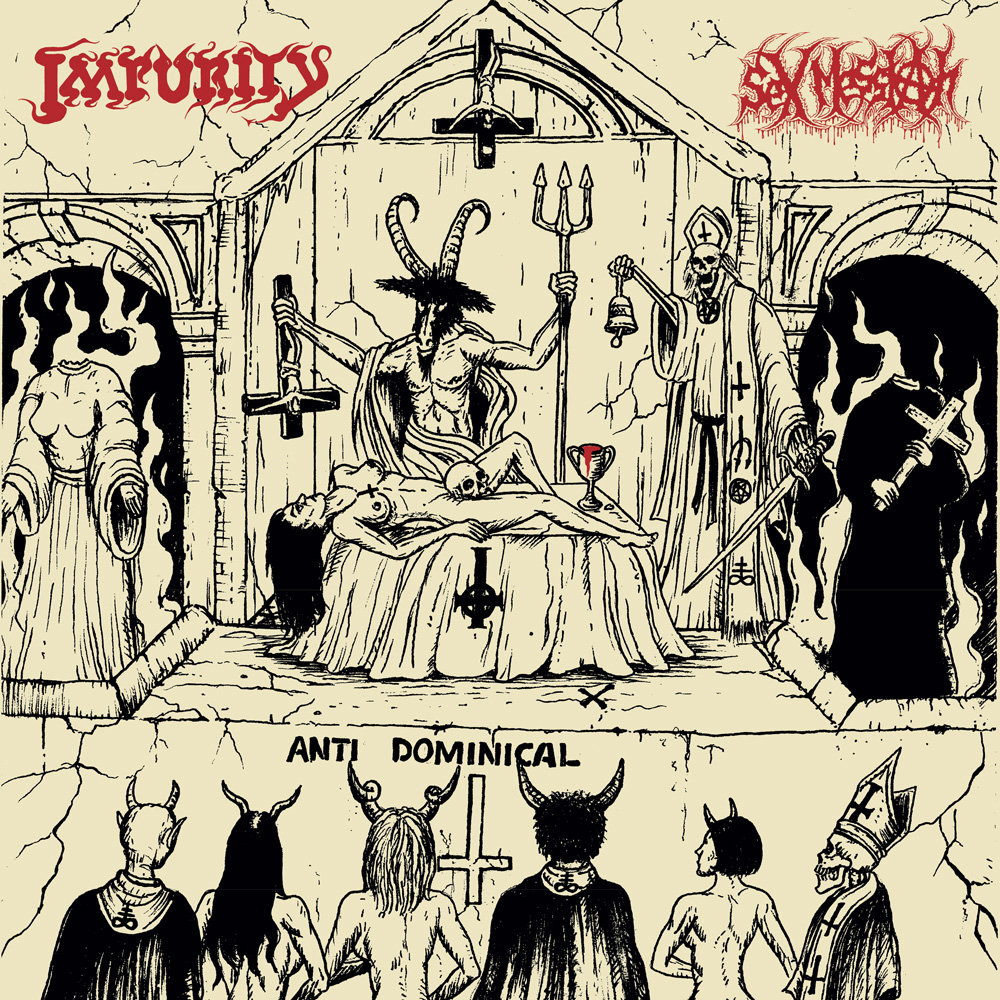

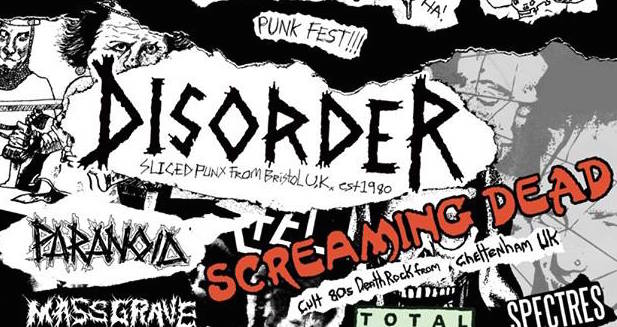

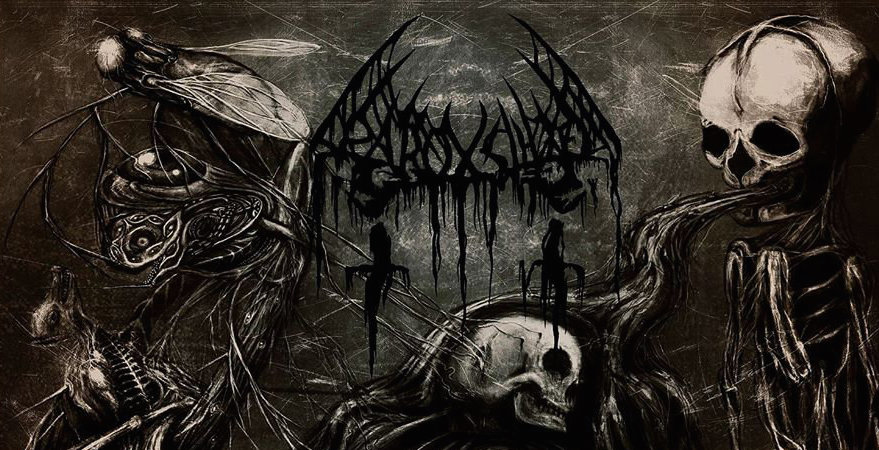
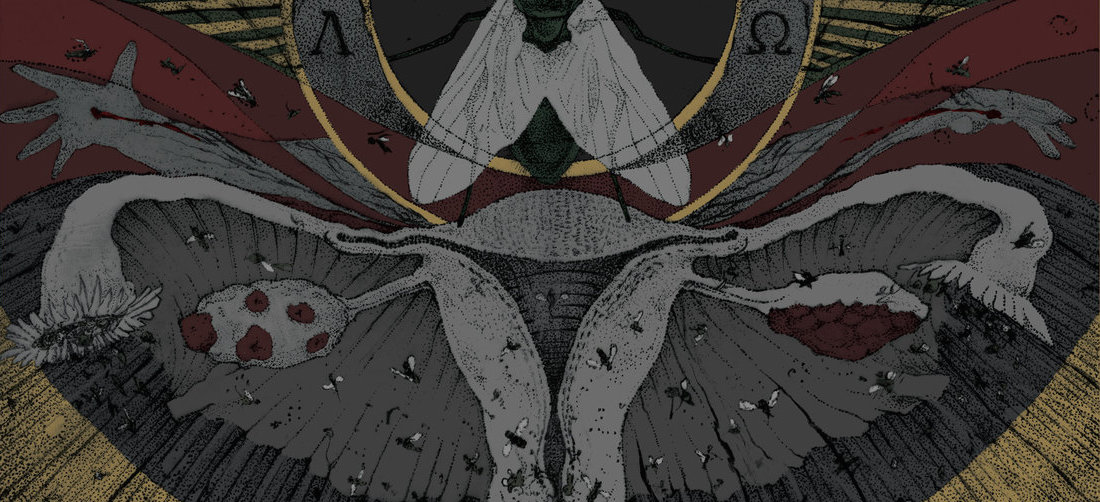
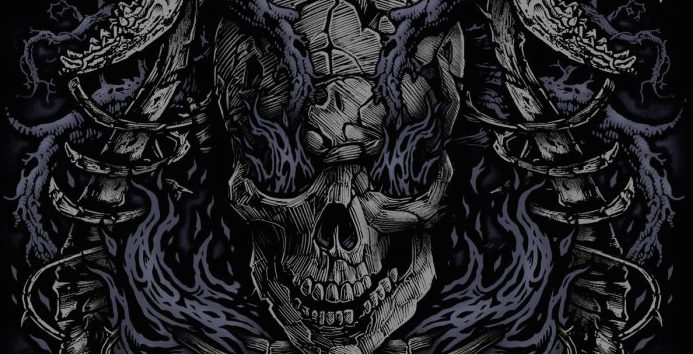
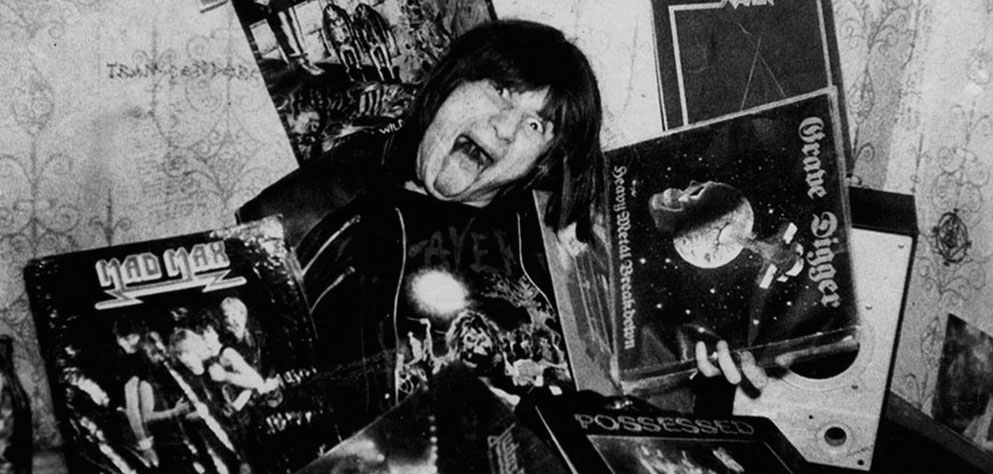
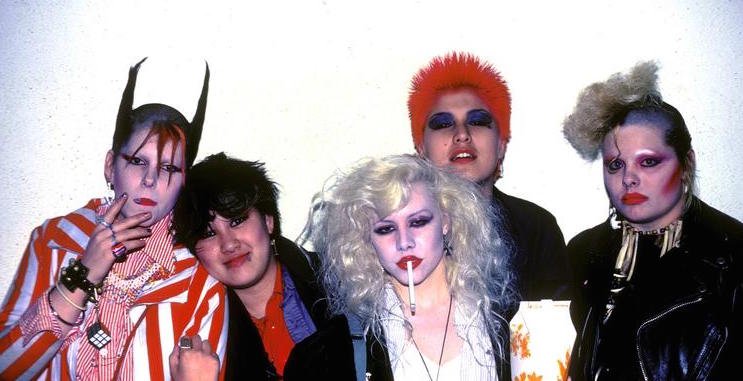
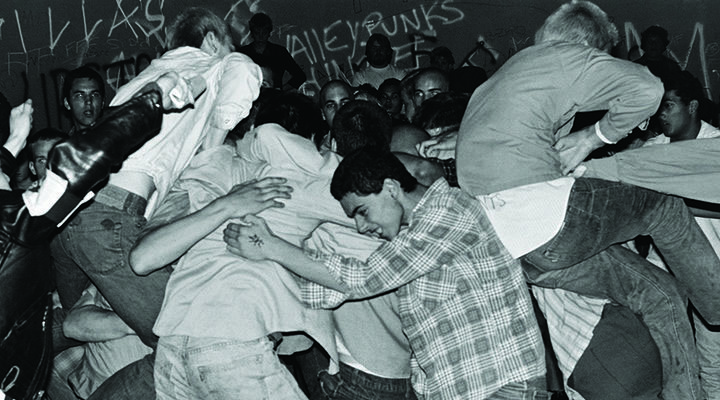


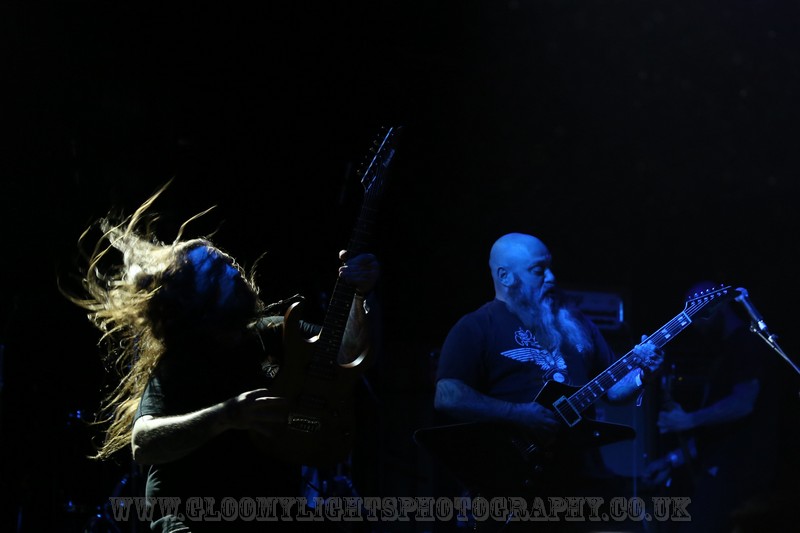






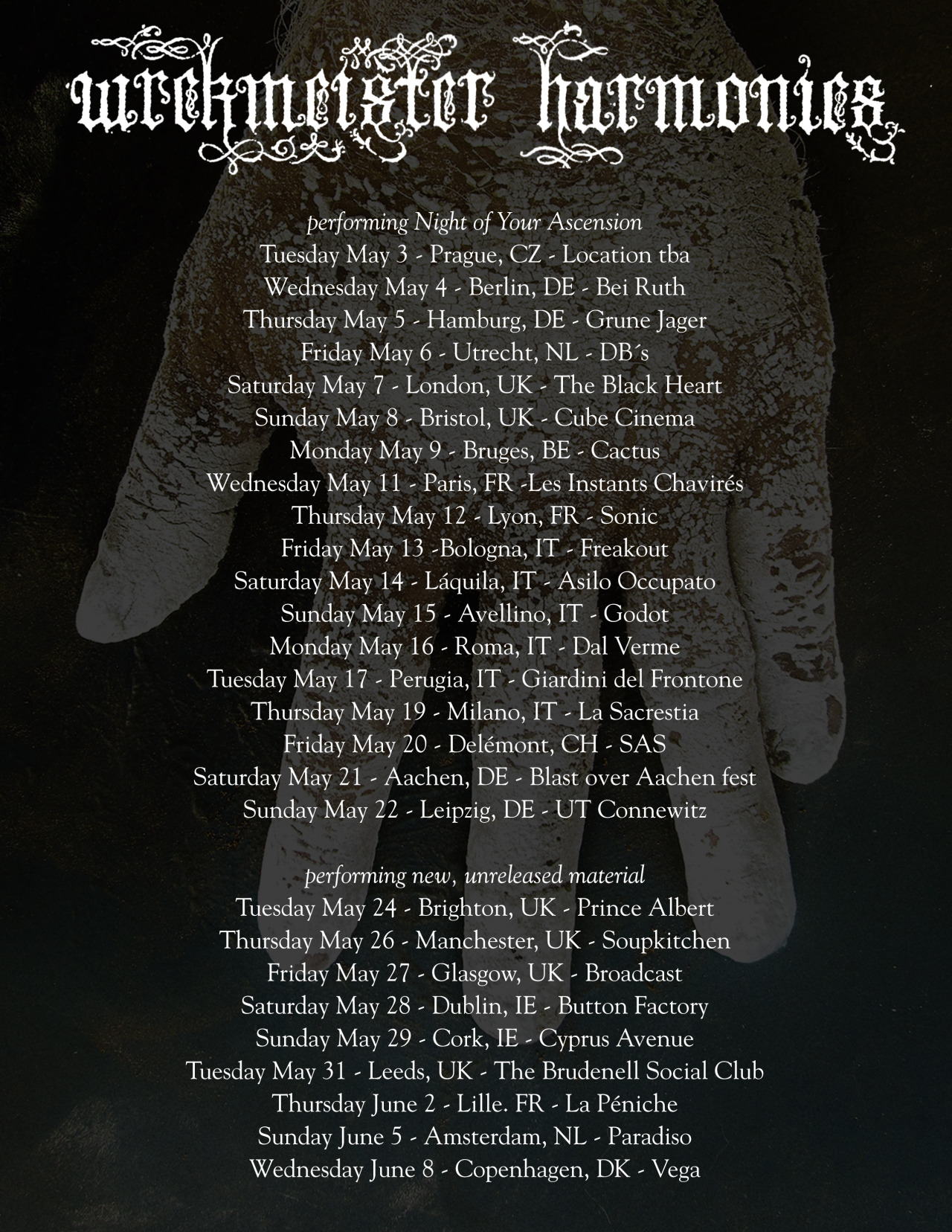
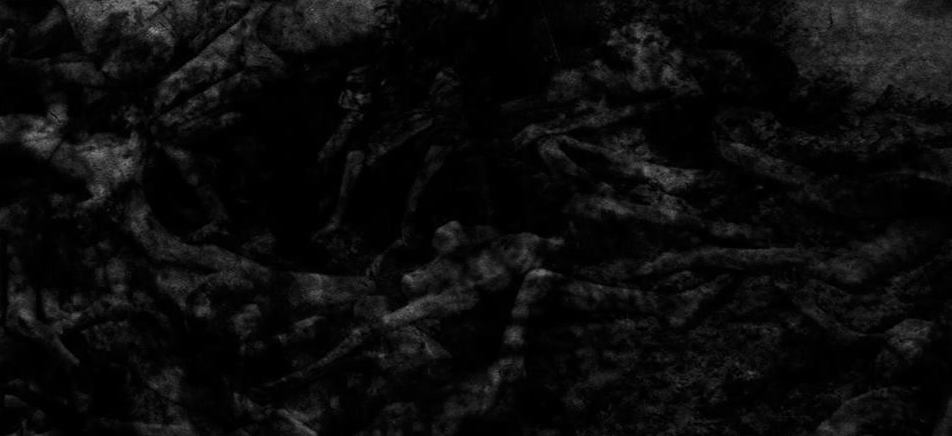




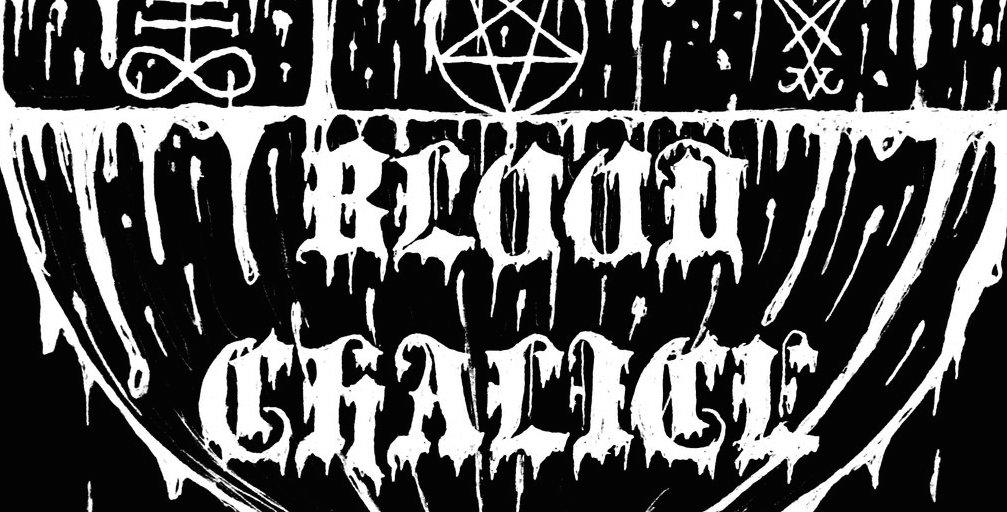
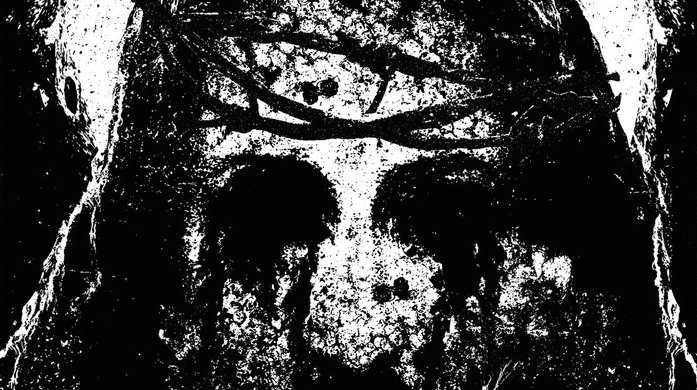
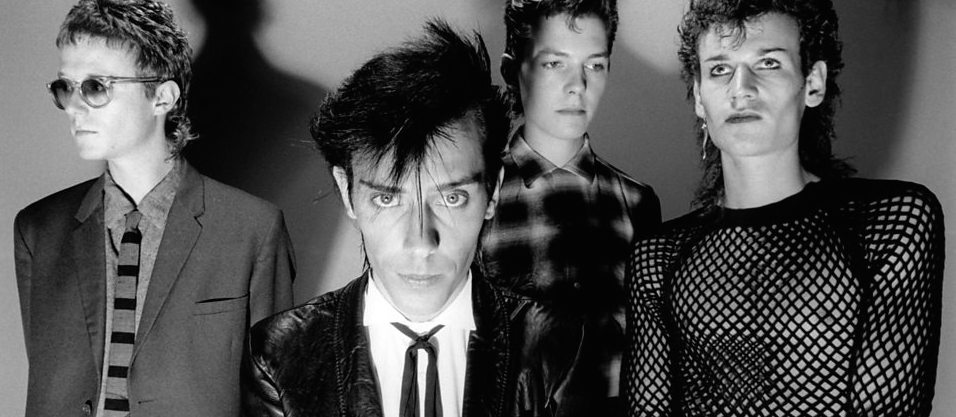



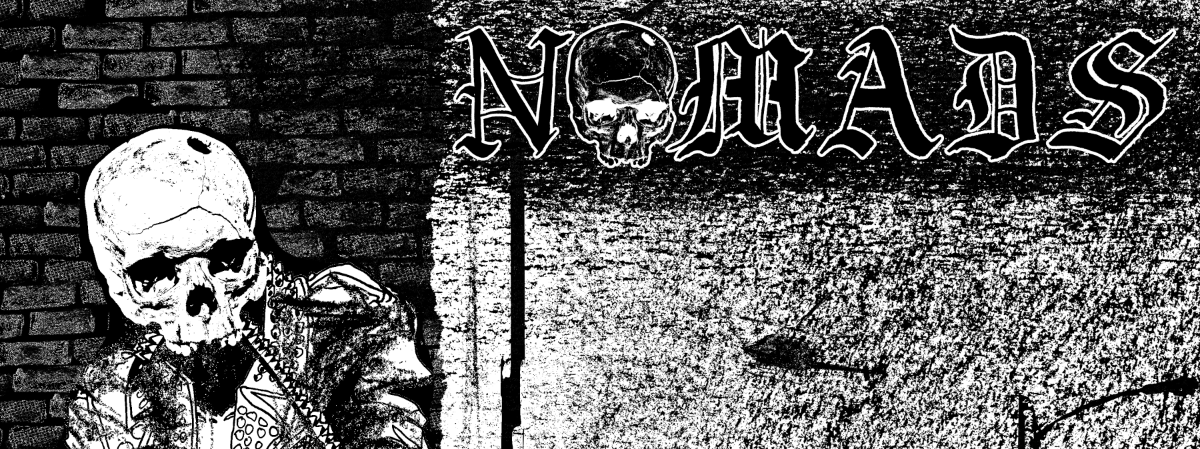
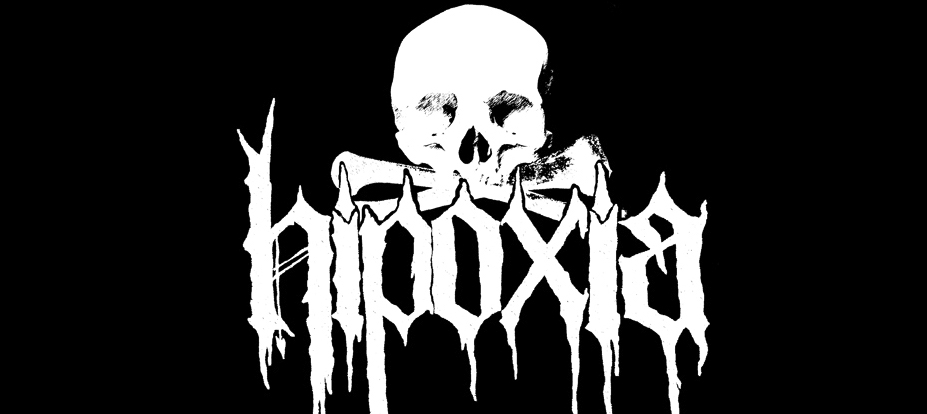



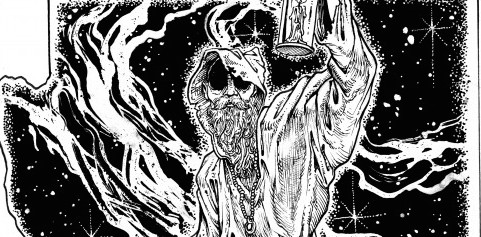
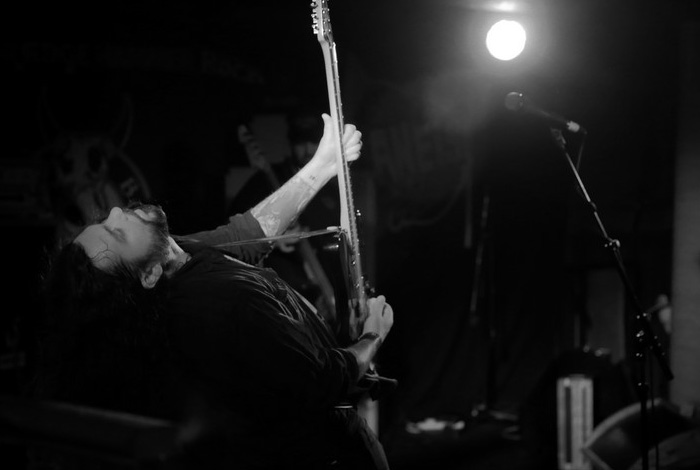
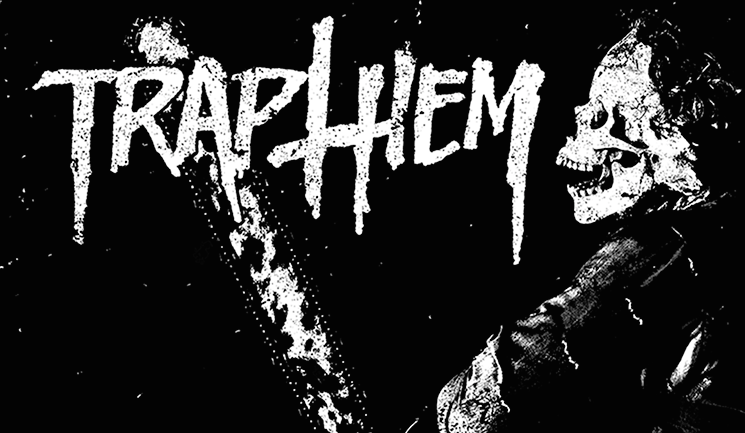

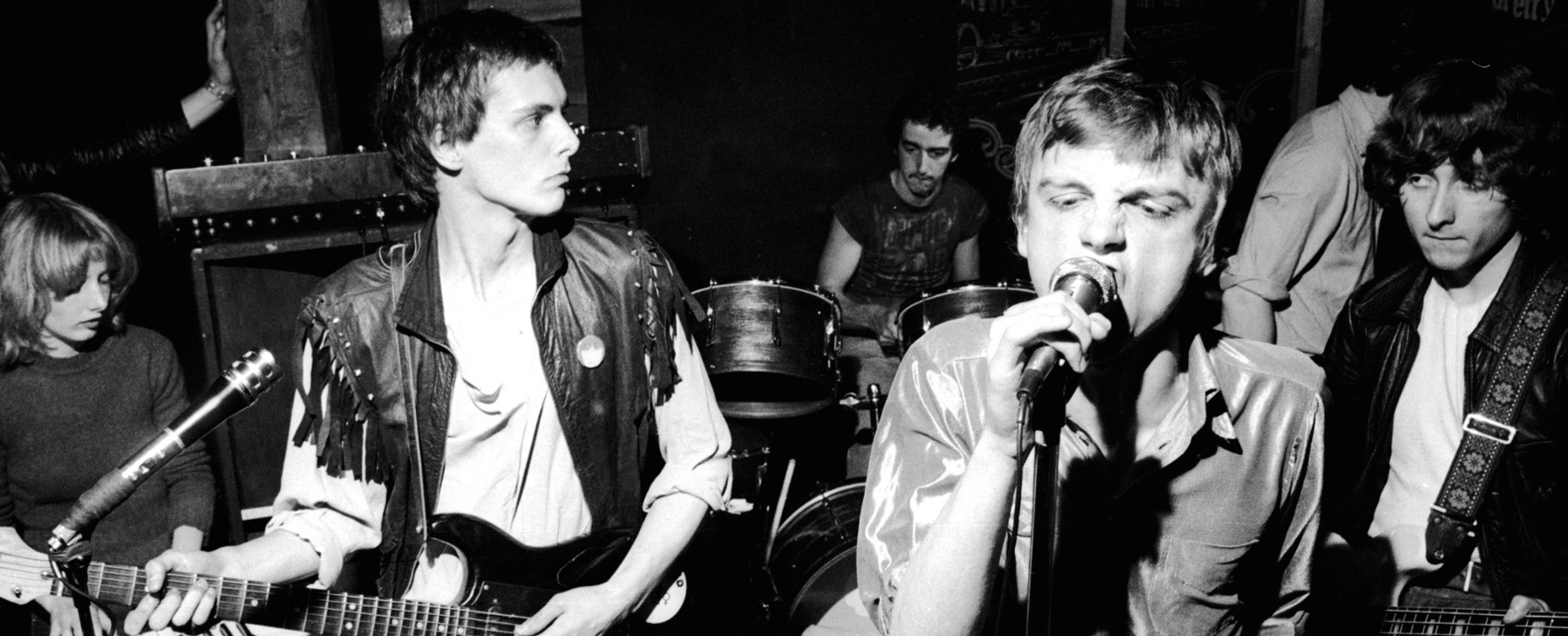

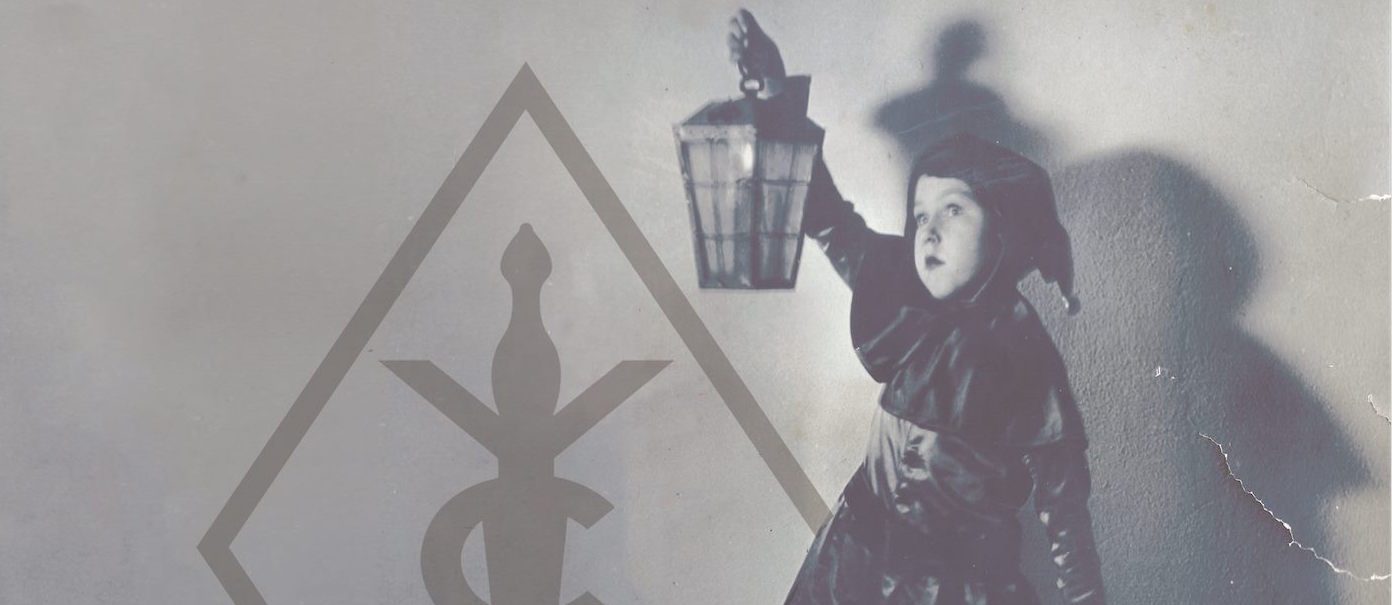

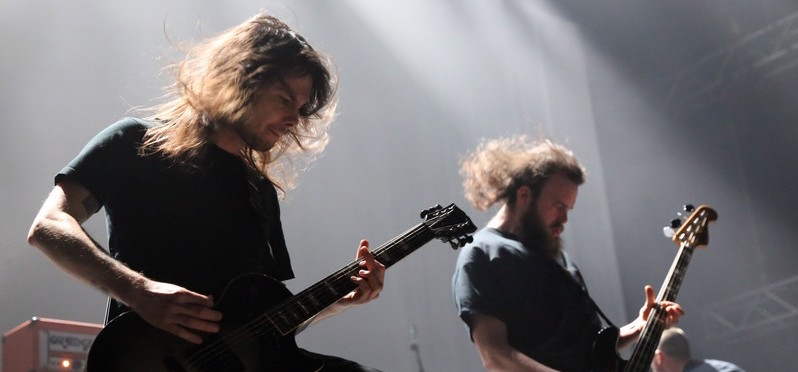


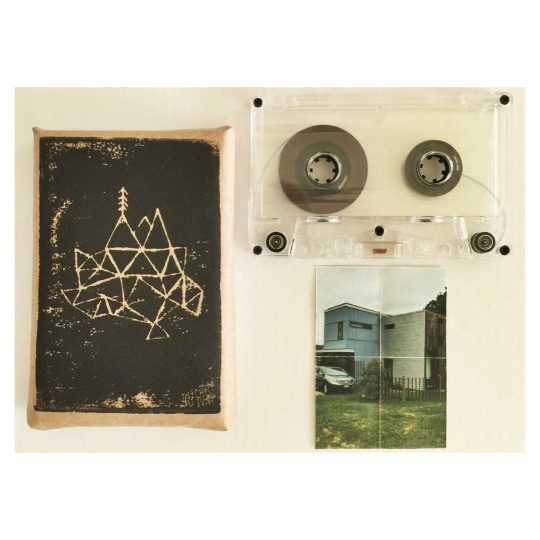
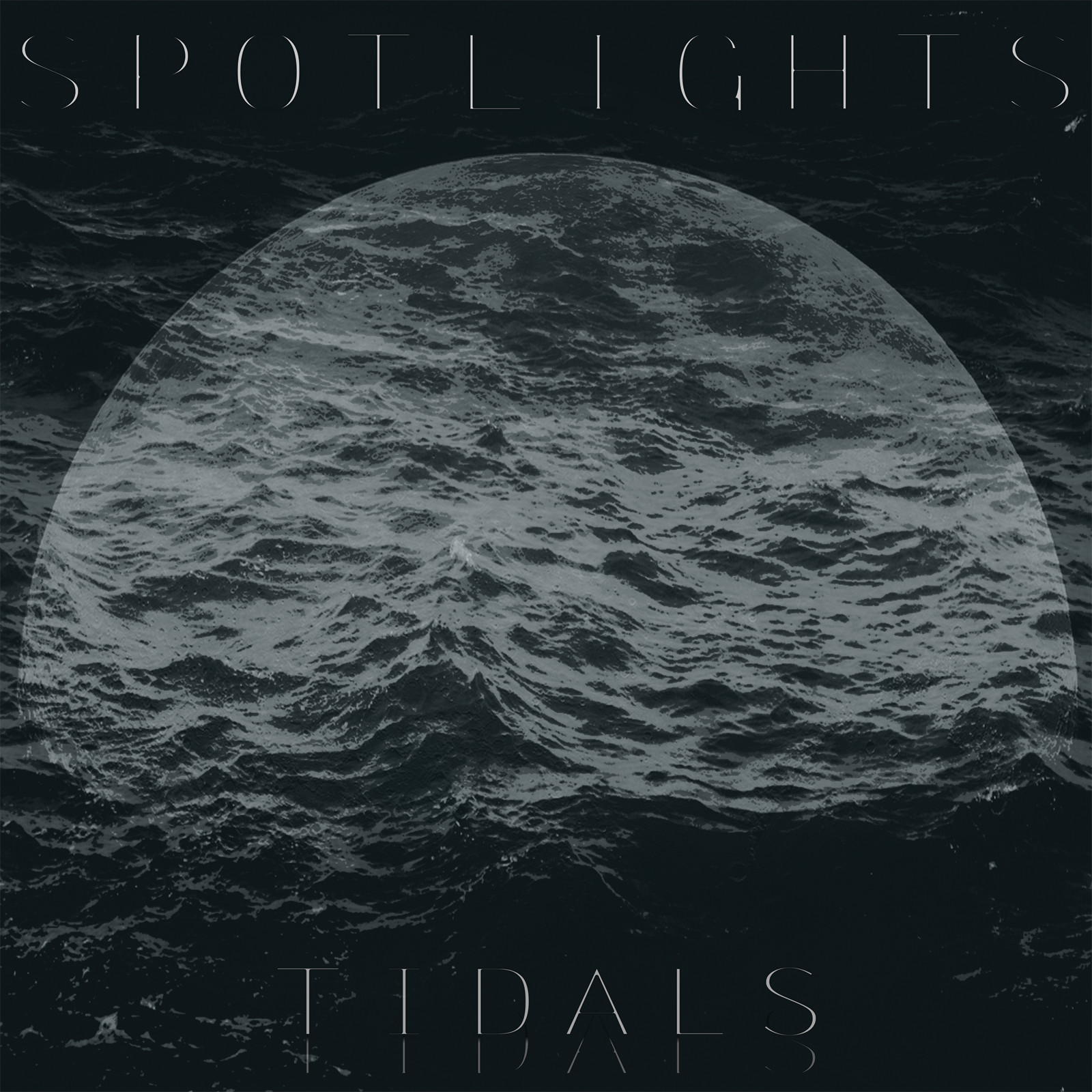
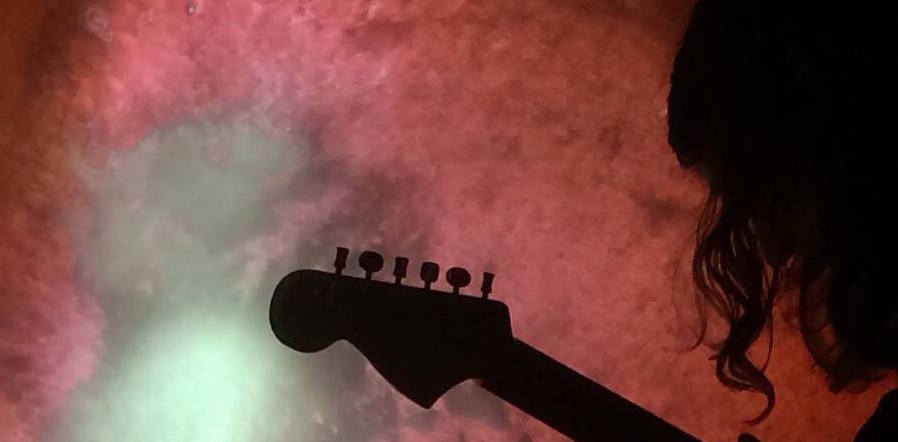

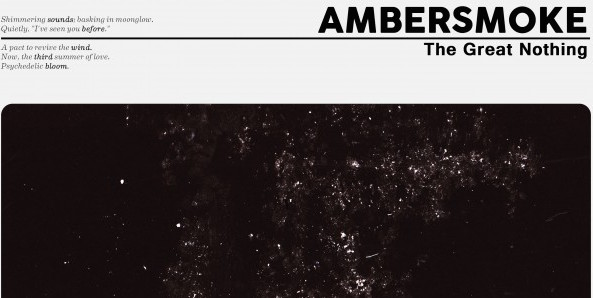
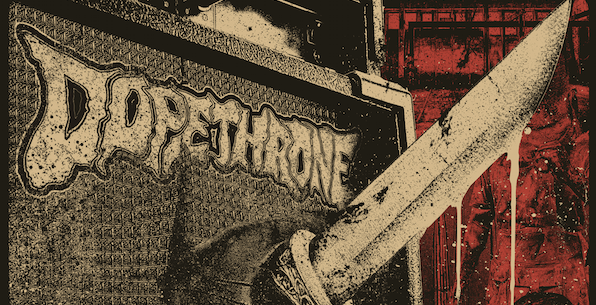


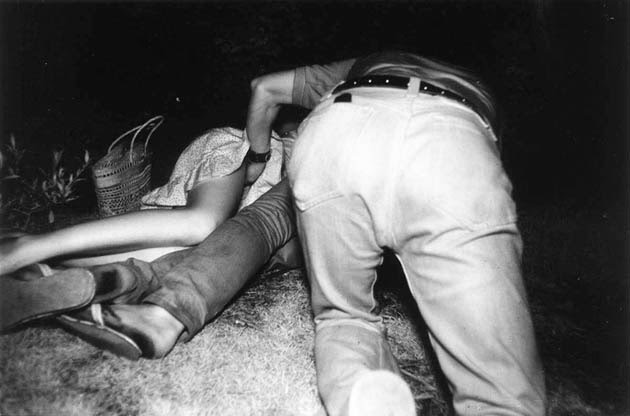
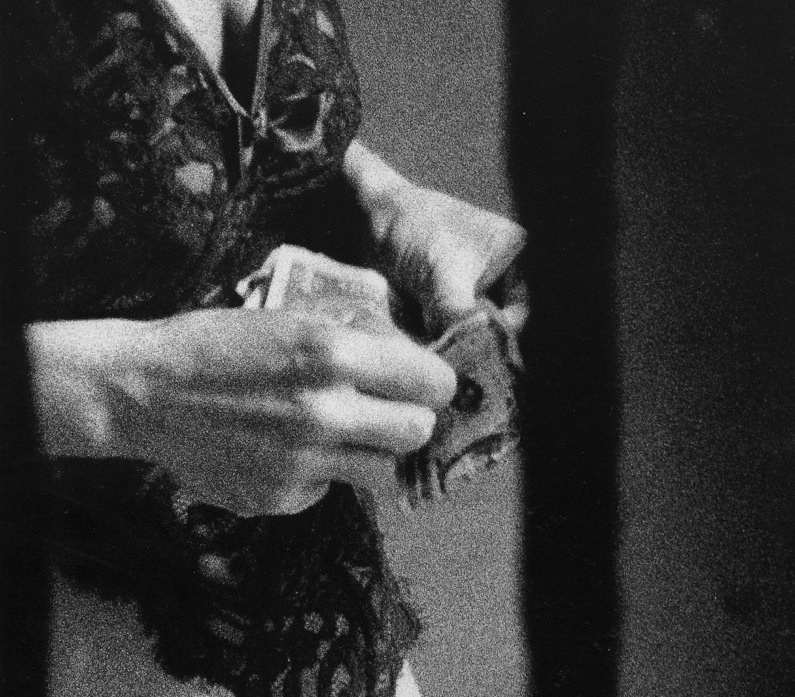



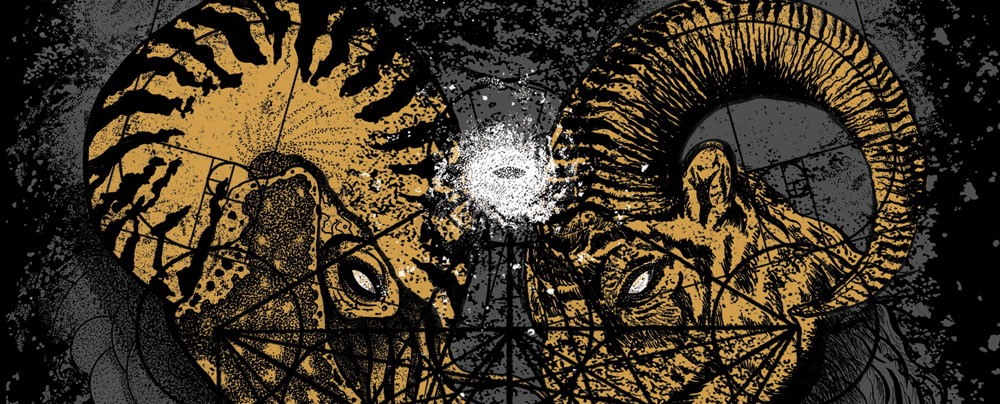


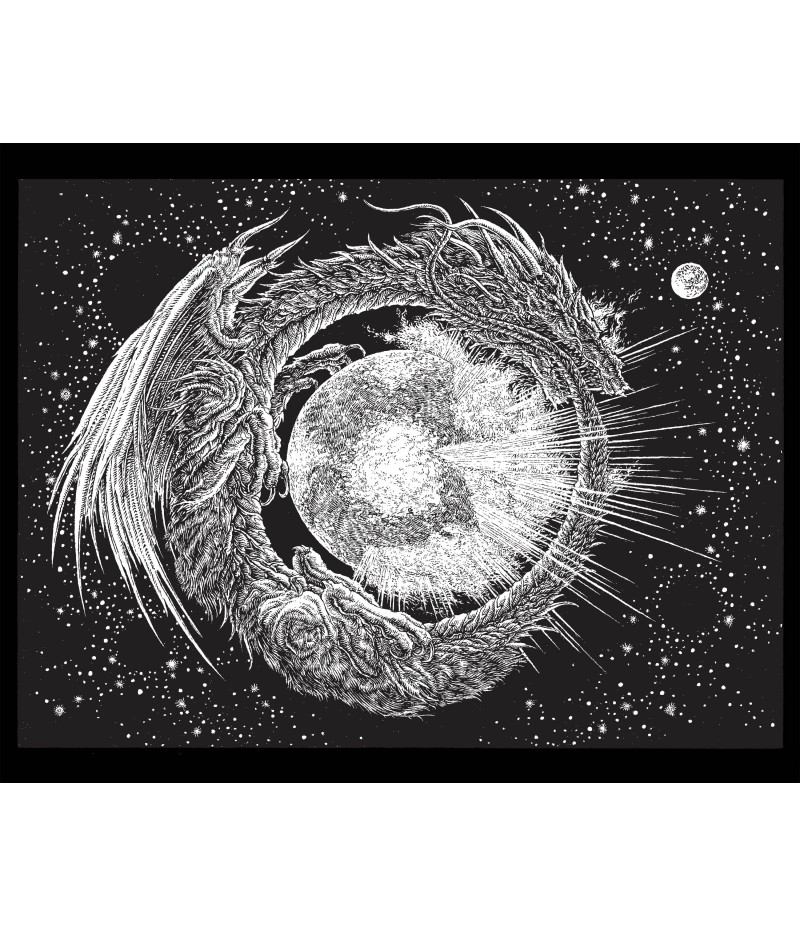



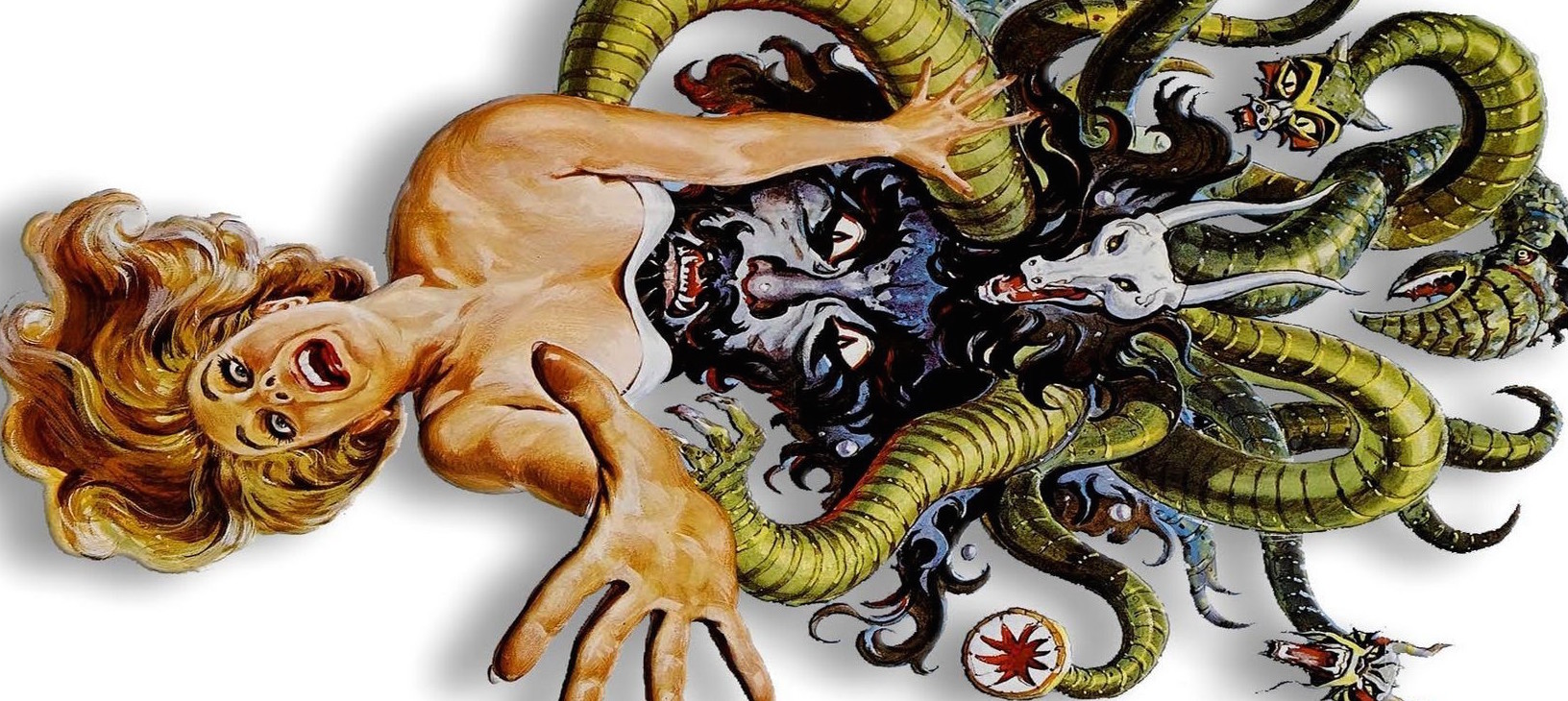

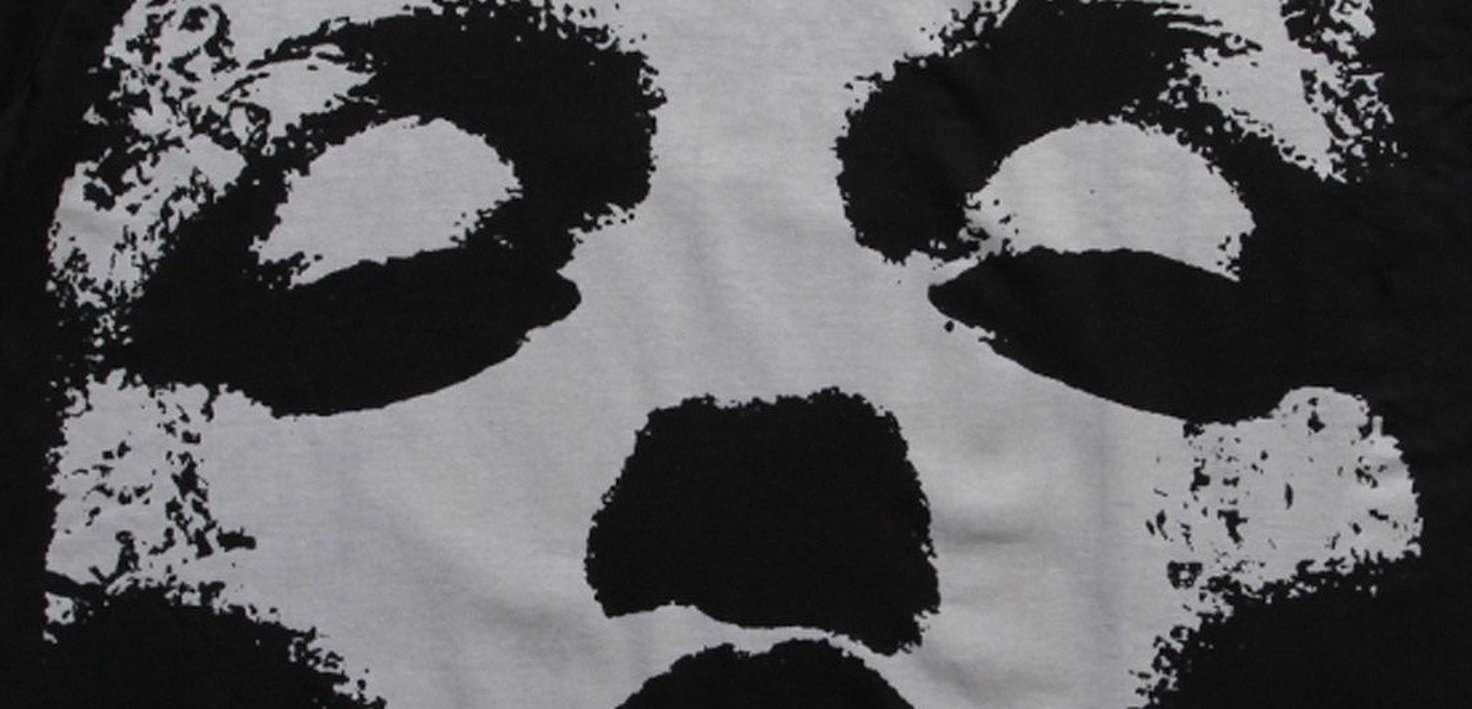
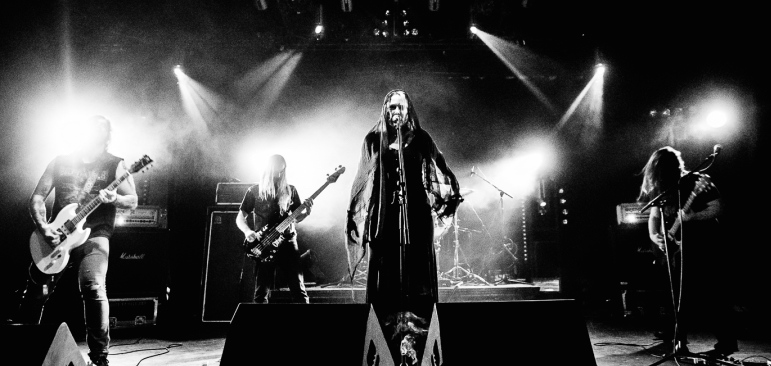
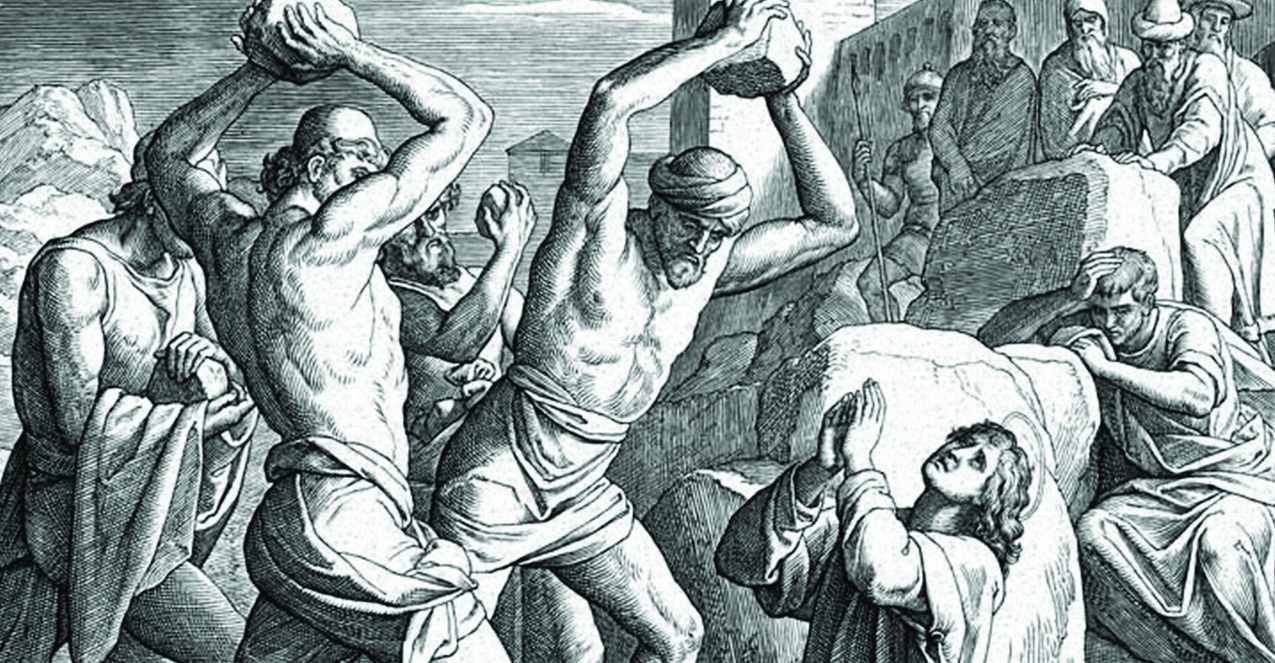
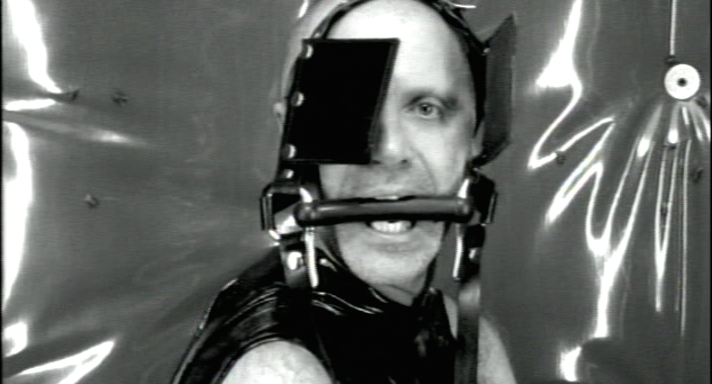

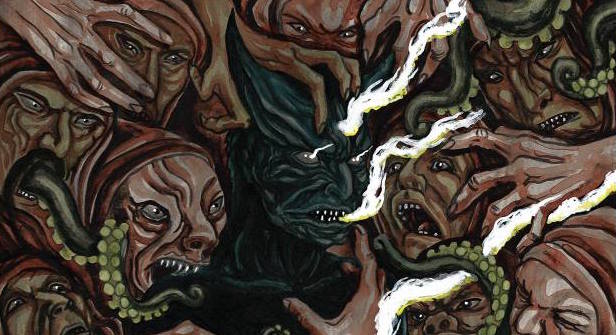


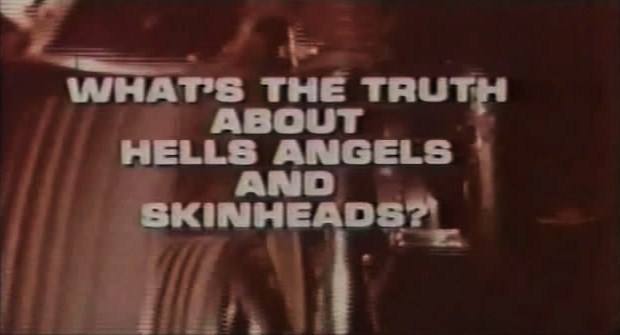





















SVH
June 25, 2014 at 1:48 pm
I’d like to “tune in” and offer my sincere appreciation for you sharing this piece and for sharing it in this arena. As a long time metal musician and spiritual seeker, I in my own life have experienced the deeper magnitude of not only how music affects us but how we direct our intention with regards to it’s enjoyment, composition, & purpose in our life. This led me to write the book Mind Over Metal a few years back which is right on point with the sentiment and spirit of this article. It’s good to see other’s expand their ideas about frequencies, sound, and ultimately music, and how to use it for the greater good.
PS: I would consider this a fine example of Shamanism, Mysticism, Metaphysics of Sound, Spirituality, God, The Universe, etc. because it’s all contained in the vibration of the ONE. Thanks again and if you email me I’d be happy to send you a copy of my book as a token of gratitude for sharing in this work.
http://www.holisticmusician.com
info@holisticmusician.com
Ian Henry
June 25, 2014 at 11:31 am
I think your on the wrong track here. Your interpretation of shamanism follows suit with a distinctly romanticized western misunderstanding. You seem to be getting most of your information from a Noe-Shamistic, self-help perspective that comes largely from misinformed western writers who use the word shaman but give little to no connection to various shamanic cultures. Shamanism is not one kind of belief or practice but an extremely diverse set of beliefs and practices that are highly specific to the cultures that they originate, and cannot be fully understood without understanding the intricate socio/political context they are from.
Magda Wintar
June 25, 2014 at 12:03 pm
Yes, and in the socio-political context of my woods shamanism is what’s written above. I use it as a metaphor, and the article is not about the history of shamanistic religions from around the world. All ancient civilizations had knowledge and understanding of the stars and their connection with/influence on Earth – that’s what I’m referring to in the article. As you said yourself – shamanism comes in many varieties and different practices: this is one of them, not all of them.
Nope
June 25, 2014 at 7:00 am
Maybe not Sunn0))). Don’t know if depression and darkness is what I’d like to ultimately say to the universe.
Magda Wintar
June 25, 2014 at 12:03 pm
Why not? Maybe the Universe should be in this way notified of how we humans raped and murdered our planet?
Anyway, Sunn doesn’t really depress me.
Greta Vanessa Gaitan
June 24, 2014 at 8:23 pm
Great article!
Pyretta Wolf-Moon Addleblaze
June 24, 2014 at 10:45 am
Milius Prime
Jeremy Tarr
June 24, 2014 at 4:09 am
Yikes
Jeremy Tarr
June 24, 2014 at 4:09 am
Yikes
Jeremy Tarr
June 24, 2014 at 4:09 am
Yikes
Jeremy Tarr
June 24, 2014 at 4:09 am
Yikes
Jeremy Tarr
June 24, 2014 at 4:09 am
Yikes
Jeremy Tarr
June 24, 2014 at 4:09 am
Yikes
Jeremy Tarr
June 24, 2014 at 4:09 am
Yikes
Jeremy Tarr
June 24, 2014 at 4:09 am
Yikes
Jeremy Tarr
June 24, 2014 at 4:09 am
Yikes
Jeremy Tarr
June 24, 2014 at 4:09 am
Yikes
Piotr Hanslik
June 24, 2014 at 3:27 am
Shamans from Ukraine 🙂
https://www.youtube.com/watch?v=8DhBdRDjGAQ
Magda Wintar
June 25, 2014 at 10:50 am
Pretty rad!
Piotr Hanslik
June 24, 2014 at 3:27 am
Shamans from Ukraine 🙂
https://www.youtube.com/watch?v=8DhBdRDjGAQ